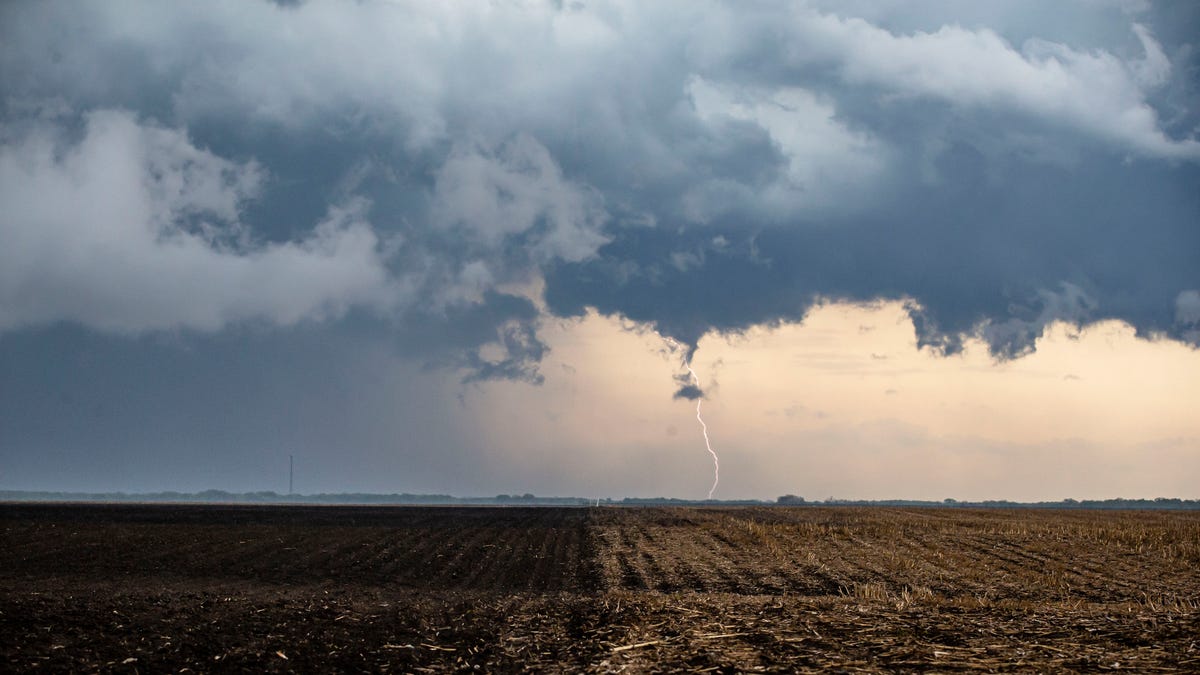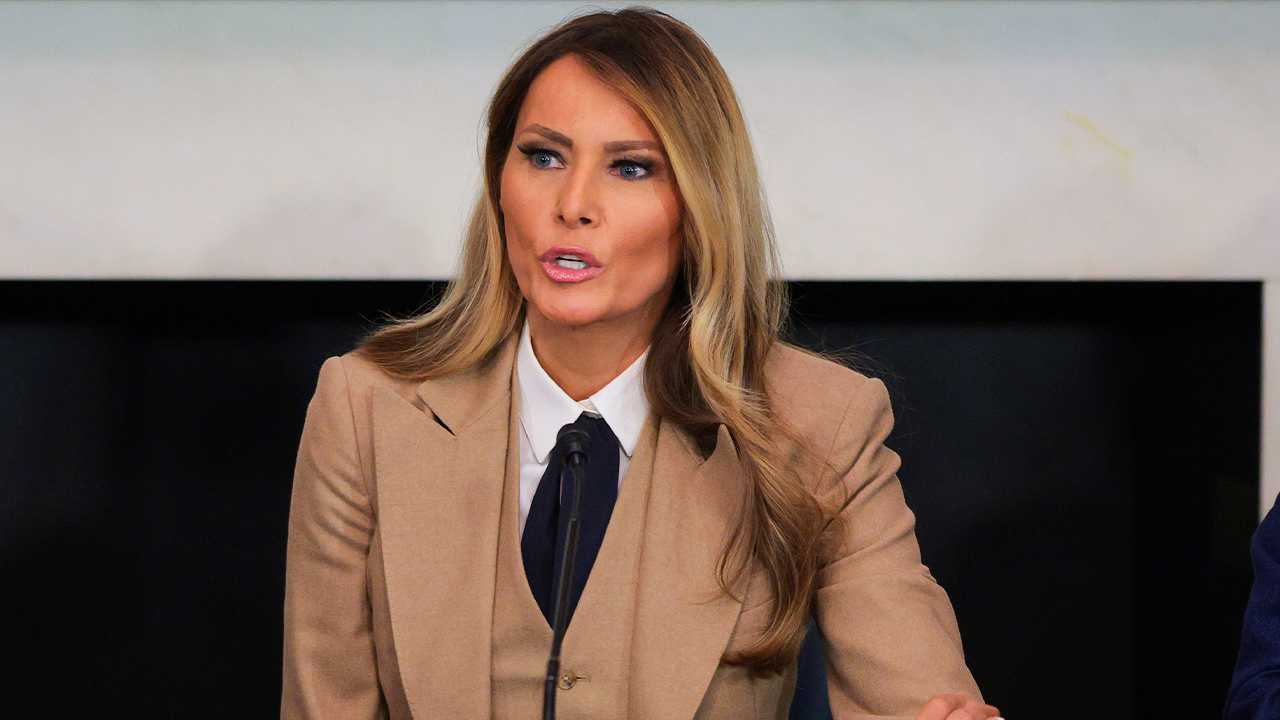Russian lawmakers have hit back at reports of the arrest of Telegram chief executive Pavel Durov in France for failing to adequately moderate criminal activity on his messaging platform.
The Russia-born billionaire was arrested at the Paris-Le Bourget airport when he arrived in the country on his private jet from Azerbaijan on Saturday evening, according to French broadcaster TF1 and news agency AFP.
The deputy speaker of the state Duma, Vladislav Davankov, said he had called on Russian foreign minister Sergei Lavrov to secure Durov’s release. “The arrest of [Durov] could have political motives and be a means of obtaining the personal data of Telegram users. We must not allow this,” he said on his Telegram channel.
Andrey Klishas, head of Russia’s Federation Council Committee on Constitutional Law, described France’s actions as a “fight for freedom of speech and European values” in a sarcastic post on his Telegram channel.
Durov had a warrant out for his arrest in France after authorities in the country began a preliminary investigation into whether a lack of moderation on the Dubai-headquartered platform had facilitated illegal activity including terrorism, drug peddling, money laundering, fraud and child exploitation, according to reports. He is expected to appear in court on Sunday.
The Russian embassy in France said it had requested consular access to Durov although there was no request from his representatives, according to Interfax.
A representative for Telegram and Durov declined to comment.
Founded in 2013, Telegram has gained prominence in recent years to become an important communications tool for global leaders and a resource for sharing news and organising in geopolitical crises such as the Russia-Ukraine war and the Israel-Hamas conflict. With almost 1bn users, it is now one of the most popular messaging apps, rivalling Meta’s WhatsApp.
Durov’s positioning of Telegram as a privacy-orientated and censorship-resistant messaging platform has drawn scrutiny, with researchers warning that it has become a haven for criminals and hackers openly offering illicit services without repercussions.
His detainment is likely to further increase global debate over the extent to which social media platforms and messaging apps should prioritise free speech or more tightly police the content they host, and whether executives should be held personally liable for lapses.
The news has caused immediate backlash from free-speech proponents. “It’s 2030 in Europe and you’re being executed for liking a meme,” Elon Musk, the billionaire owner of X and a self-declared free-speech absolutist, wrote on his social media site on Saturday. Musk has clashed with EU and UK leaders over the perceived lax moderation of his platform, which police and analysts say was used alongside Telegram to organise and fuel far-right riots in Southport, UK.
Durov, known for always wearing black and embracing extreme health fads, was previously hailed the “Mark Zuckerberg of Russia” after in 2007 co-founding the country’s most popular social media network, VKontakte, in his native St Petersburg.
However, he fled Russia in 2014 and sold the company, after refusing to comply with demands from the country’s security agency to share the data of certain Ukrainian users of VK, per his telling. A cryptocurrency fortune then allowed him to travel and fund Telegram before settling in Dubai, which he has called “neutral”. He currently has dual French-Emirati citizenship. Forbes estimates his net worth at $15.5bn.
While Durov was born in Russia, he has been adamant that he has cut ties with the country, amid claims by critics that the Kremlin may still have links to or leverage over Telegram.
“He thought his biggest problems were in Russia and left . . . He wanted to be a brilliant ‘citizen of the world,’ living well without a homeland,” former Russian president Dmitry Medvedev, now a prominent rightwing commentator, wrote on his Telegram channel on Sunday. “He miscalculated. To our common enemies, he is still Russian — unpredictable and dangerous, of different blood,” he said.
In an interview with the Financial Times earlier this year, his first since 2017, Durov defended his “hands-off” approach to content moderation, saying that “typically feedback from users is please do not start censoring any content”.
However, over the years, he has occasionally bowed to public pressure as regulators have circled, taking down Isis-linked groups in 2019, and extremist and white supremacist groups involved in the January 6 2021 storming of the US Capitol building.
Earlier this year in Spain, a court ordered the app to be blocked in the country over an investigation into the sharing of illegal content protected by copyright. The ban has since been halted.
Telegram’s guidelines ban terrorist channels and state that it does not allow spam and scams, illegal pornography or the promotion of violence on “publicly viewable Telegram channels”.



























